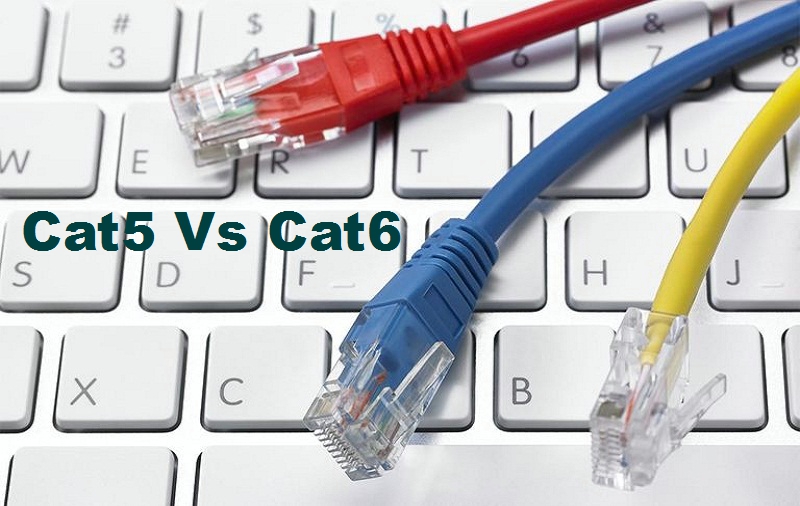In this tech era, there have been many new products comes with new features considering the latest needs. In these days, Cat5 and Cat6 connectors also consider the most crucial part when it comes to networking. But, some people aren’t aware of its features and get confused by Cat5 Vs. Cat6. Keeping in mind those people, here we shared difference between Cat5 Vs. Cat6 cables.
After using both Cat6 and Cat5 cable connectors for a long time, we have prepared this honest difference between cat6 vs. cat5. You can get here the complete idea about which connectors to choose from cat5 and cat6 with the help of simply given points. So, without wasting your more time, let me take you the difference between cat5 vs. cat6.
What are Cat5 and Cat6?
Cat5 and Cat6 both are the well-organized and quicker cabling systems used for networking around the world and standardized twisted pair cables used for Ethernet and other networking installations. If you know a necessary thing about the networking then you may have an idea about it.
Cat5 Cable
Before heading to the full cat5 vs. cat6 differentiation, you should know the basic things about both cables. So, let’s start with the cat6 which is divided into two categories- cat5 and cat5E. The cat5 can manage up to 10/100 Mbps at a 100MHz bandwidth and it is also faster than previous once.
While talking about the Cat5E cable aka “Cat5 Enhanced”, it has become the standard cable about 15 years ago and offers considerably enhanced presentation compare to the old Cat5 cable with the ten times faster speeds.
Cat6 Cable
It’s only a few years of the arrival of the cat6. It has a power to manage up to 10 Gigabits of data, that bandwidth is limited to 164 feet beyond that will rapidly decay to only 1 Gigabit. While the newest cat6A version is thick plastic casing that helps further reduce crosstalk. The significant difference between Cat6 and Cat6A cables is that Cat6A can handle 10 Gigabit speeds for the full 328 feet of Ethernet cable.
Cat5 vs. Cat6 Cables: What are the Differences?
After knowing the meaning of cat5 and cat6, now let’s compare cat6 and cat5 with the help of following five differences between cat6 vs. cat5.
#1: Bandwidth of Cat5 and Cat6
Let’s start with the bandwidth difference between cat5 vs. cat6. Since both cables are twisted pair cables that use copper wires for the Ethernet, bit the cat5 is limited bandwidth to 100 Mbps transfer speed and cat6 up to 1 Gbps.
#2: Frequency Difference of Cat5 and Cat6
While the previous models came with 100MHz frequencies, but the cat6 has advanced 250 100MHz frequencies which too faster compare to Cat5 and Cat5e.
#3: Safety Difference in cat6 and cat5
As cat 6 builds with a thick-gauge plastic casing which can be ass through longer distances without interfering with the signal. So, there are the lesser chances of crosstalk issue on cat6 compare to cat5. I must say cat5 is not the perfect choice for you if you don’t want to see crosstalk issue.
#4: Backward Compatibility
When we talk about the backward compatibility of cat6 and cat5, then cat6 will stand up with the backward compatible with Cat5 and Cat5e standards. So, you won’t get any issue when you use it on the cutting edge devices.
#5: Which cable is the future of data?
If someone asks me which is the future of data from cat6 and cat5? Then I must say the cat6 cable is the future of network infrastructure. I don’t know that cat5 is useless, but you should upgrade everything considering the dynamic world. Well, you can currently use cat5, but cat6 is the future of data as most of the upcoming networking devices will come with cat6 support.
Summary
In the end, those who want to have the most “future proofed” cable will want to go with Cat6A. However, for most residential and commercial purposes, Cat5E and Cat6 cables should be more than sufficient. Well, the Cat5 allows lengths up to 100 meters while Cat6 is limited to 55 meters when used for the 10GBASE-T standard.

